Rhinoceroses, often simply called rhinos, are remarkable creatures belonging to the family Rhinocerotidae. These odd-toed ungulates, or hoofed mammals, have roamed the earth for eons, with nearly 100 known species in history. Today, we have five living species, distributed across specific regions of Africa and Asia, each adapted to unique environments. Understanding Where Do Rhinos Live is crucial for effective conservation efforts.
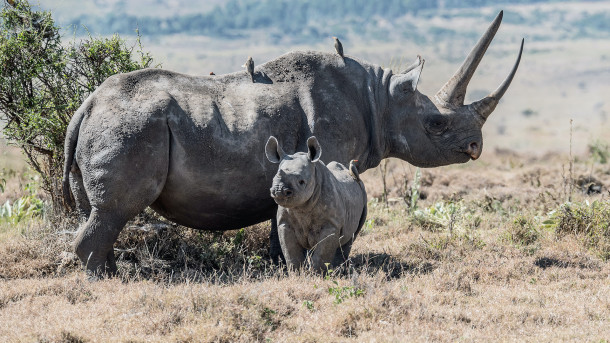 Two rhinos standing in a grassy plain, one facing forward and the other looking to the side, showcasing their natural habitat
Two rhinos standing in a grassy plain, one facing forward and the other looking to the side, showcasing their natural habitat
African Rhino Habitats: White and Black Rhinos
Two rhino species inhabit the African continent: the black rhino (Diceros bicornis) and the white rhino (Ceratotherium simum). While both are found in Africa, they occupy slightly different niches within the landscape.
White rhinos are primarily grazers, preferring to live in grasslands and savanna areas. These habitats provide the short grasses they favor as their main food source. Specifically, white rhinos are found in Southern Africa, with significant populations in countries like South Africa, Namibia, Botswana, Zimbabwe, and Eswatini. There are also smaller populations in East Africa, including Kenya and Uganda.
Black rhinos, in contrast, are browsers. Their pointed upper lip allows them to feed on leaves and branches from bushes and trees. Consequently, black rhinos inhabit a wider variety of habitats including savannas, woodlands, shrublands, and even denser forests. Their distribution is more scattered across eastern, central, and southern Africa, with key populations in Kenya, Tanzania, Namibia, South Africa, and Zimbabwe.
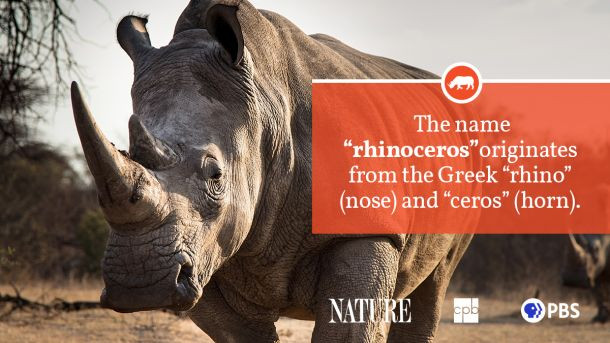 A close-up of two white rhinos in a dry grassy environment, highlighting their robust build and square lips adapted for grazing
A close-up of two white rhinos in a dry grassy environment, highlighting their robust build and square lips adapted for grazing
Asian Rhino Habitats: Sumatran, Javan, and Greater One-Horned Rhinos
Asia is home to three rhino species: the Sumatran rhino (Dicerorhinus sumatrensis), the Javan rhino (Rhinoceros sondaicus), and the greater one-horned rhino (Rhinoceros unicornis). These species are adapted to the lush environments of the continent, although their ranges have drastically diminished.
The Sumatran rhino is the smallest and most primitive of the living rhino species. This rhino is uniquely adapted to dense tropical rainforests, both lowland and highland. Their current habitat is restricted to the islands of Sumatra and Borneo in Indonesia, and possibly small pockets in Malaysia. These rhinos are highly dependent on dense forest cover for food and shelter.
The Javan rhino is critically endangered and now found in only one location globally: Ujung Kulon National Park in Java, Indonesia. Like the Sumatran rhino, the Javan rhino thrives in dense tropical forests, particularly favoring areas with abundant water sources, reeds, tall grasses, and thick undergrowth.
The greater one-horned rhino, also known as the Indian rhino, has a more restricted but vital habitat. They primarily live in the grasslands and forests of the floodplains of the northern Indian subcontinent and Nepal, specifically in the Terai Arc Landscape, which includes areas in the Eastern Himalayas. These rhinos favor tall grasslands, riverine forests, and swamps, habitats that provide ample grazing and water.
 A Sumatran rhino partially submerged in muddy water, showcasing its hairy coat and adaptation to dense forest and swampy habitats
A Sumatran rhino partially submerged in muddy water, showcasing its hairy coat and adaptation to dense forest and swampy habitats
Rhino Habitat: A Global Perspective and Historical Range
Historically, rhinos roamed across vast areas of Africa and Asia. Their range has significantly shrunk due to human activities, primarily habitat loss and poaching. While pinpointing where do rhinos live today, it’s essential to understand this drastic reduction in their geographical distribution.
In the early 20th century, over 500,000 rhinos existed in the wild. Now, fewer than 29,000 remain. This dramatic decline highlights the vulnerability of their current habitats and the urgent need for conservation. Rhinos are now mostly confined to protected areas like national parks and reserves, which are crucial for their survival. Outside these safe havens, rhinos face immense pressures.
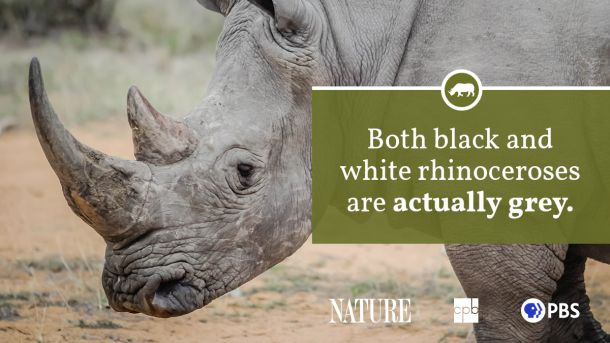 A black rhino in a dry, shrubland habitat, demonstrating its preference for browsing in varied terrains
A black rhino in a dry, shrubland habitat, demonstrating its preference for browsing in varied terrains
Habitat Loss and Conservation Imperative
The shrinking range of rhino habitats is a major concern. Habitat loss, driven by agricultural expansion, logging, human settlements, and infrastructure development, directly threatens rhino populations. As forests are cleared and grasslands converted, rhinos lose their feeding grounds and safe spaces. Fragmentation of habitats further isolates rhino populations, hindering breeding and genetic diversity, especially for species like the Sumatran rhino.
Conservation efforts are intrinsically linked to habitat protection. Preserving and managing the areas where rhinos live is paramount. This includes:
- Strengthening and expanding national parks and reserves: These protected areas are vital refuges for rhinos.
- Combating deforestation and habitat degradation: Sustainable land management practices are needed to minimize habitat destruction.
- Creating habitat corridors: Connecting fragmented habitats allows rhinos to move and breed more freely.
- Community involvement: Engaging local communities in conservation efforts is crucial for long-term habitat protection.
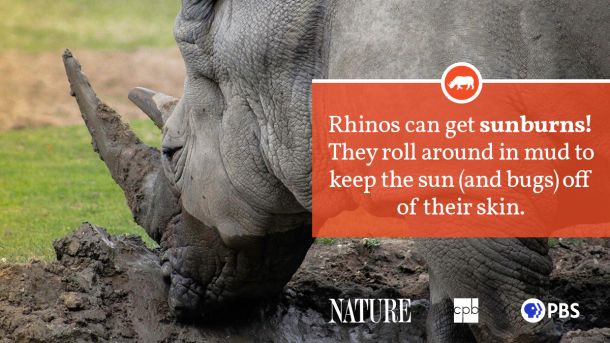 A landscape showing a rhino in its habitat with diverse vegetation, emphasizing the importance of natural environments for rhino survival
A landscape showing a rhino in its habitat with diverse vegetation, emphasizing the importance of natural environments for rhino survival
Conclusion: Protecting the Places Rhinos Call Home
Where do rhinos live? The answer is increasingly confined to specific and often threatened locations across Africa and Asia. From the African savannas and grasslands to the dense rainforests of Asia and the floodplains of the Himalayas, each rhino species occupies a unique and vital habitat. Understanding and protecting these habitats is not just about saving rhinos; it’s about preserving entire ecosystems. By supporting conservation organizations and initiatives focused on habitat preservation, we can contribute to ensuring that rhinos continue to roam their natural homes for generations to come.
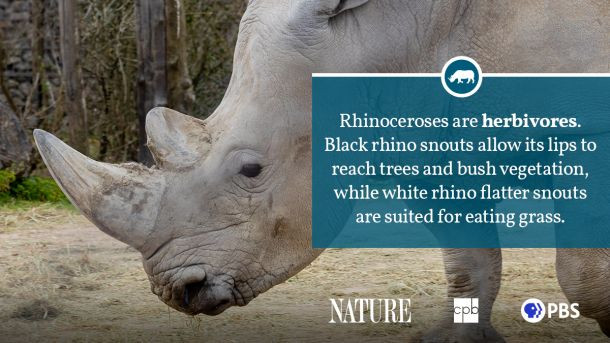 A mother white rhino with her calf in a savanna setting, illustrating rhino social structure and habitat within family groups
A mother white rhino with her calf in a savanna setting, illustrating rhino social structure and habitat within family groups
Source: World Wildlife Foundation (WWF), the African Wildlife Federation, the San Diego Zoo, and NATURE’s rhino resources.

